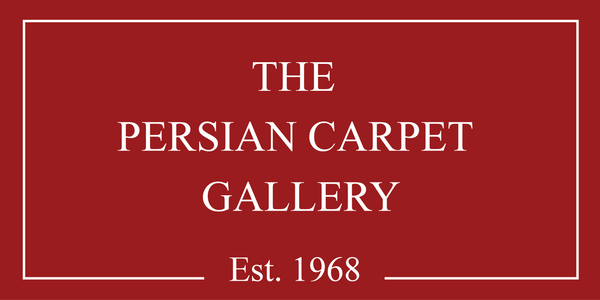Old Tabriz Silk Rug in the National Museum of Tehran

One of the most remarkable artifacts housed in the Iran Bastan Museum (National Museum of Iran) in Tehran is the exquisite Old Tabriz Silk Rug. This masterpiece, originating from Tabriz in the 16th century, showcases the extraordinary craftsmanship of Persian weavers and provides a fascinating glimpse into the rich artistic heritage of that era.
Details of the Rug:
• Origin: Tabriz, 16th century
• Collection: Iran Bastan Museum, Tehran
• Dimensions: 213 x 158 cm (84 x 62 inches)
• Knotting Technique: Turkish knot
• Knot Density:
• 600,000 knots per square meter (387 knots per square inch)
• 75 knots per 10 cm across
• 80 knots per 10 cm lengthwise
• Materials:
• Warp: White silk
• Weft: White silk
• Pile: White silk
Design and Features:
Despite its dilapidated state, the rug’s beauty continues to captivate viewers. The intricate design features a striking serpentine motif inspired by the Chinese “tchi,” dominating the vibrant, floriferous red field and the borders adorned with cartouches. The cartouches themselves are rich with detail, with some containing depictions of pairs of figures surrounded by floral patterns.
The central medallion, though heavily damaged, hints at the grandeur and elegance it once possessed. Its detailed, delicate craftsmanship stands as a testament to the high standards of Tabriz’s weavers, who were renowned for producing some of the finest silk carpets in the world.
Historical and Artistic Significance:
The Old Tabriz Silk Rug is more than just a decorative item; it is a piece of history, reflecting the cultural, artistic, and technical achievements of Persian artisans during the Safavid era. Its intricate designs and meticulous knotting techniques speak volumes about the mastery of silk weaving in Tabriz, a city celebrated as a hub of carpet production in Persia.
Today, this rug remains a symbol of Persian heritage, preserved in the National Museum of Tehran, where it continues to inspire awe and admiration from visitors worldwide. It stands as a reminder of the enduring legacy of Persian craftsmanship and the timeless allure of handwoven carpets.
